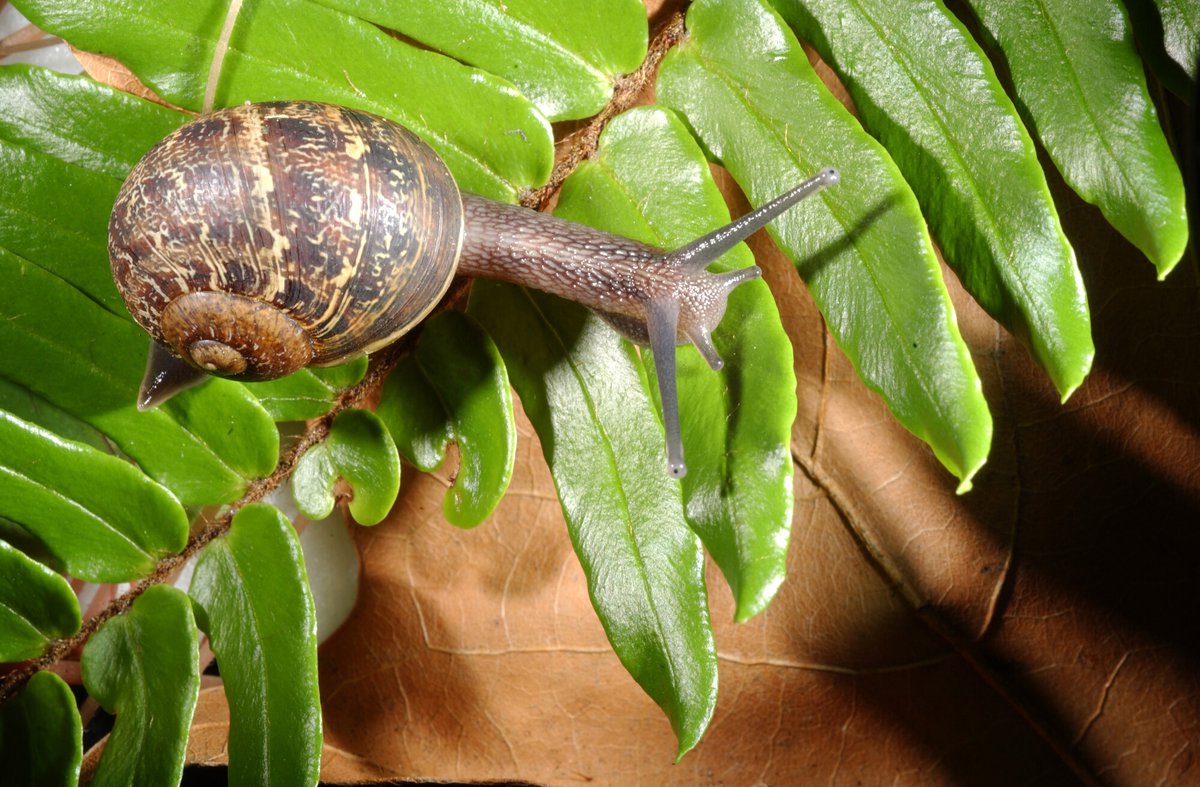

Articles
How Long Does A Garden Snail Live
Modified: January 20, 2024
Discover the lifespan of a garden snail and learn how long they can live in your garden. Find out more about gardening with snails and their lifespan.
(Many of the links in this article redirect to a specific reviewed product. Your purchase of these products through affiliate links helps to generate commission for Storables.com, at no extra cost. Learn more)
Introduction
Garden snails, known for their slow and steady pace, are fascinating creatures that can be found in gardens all around the world. These small mollusks play an important role in the ecosystem, helping with the decomposition process and contributing to soil health. If you are a gardening enthusiast, you may have wondered about the lifespan of these slimy critters.
In this article, we will delve into the world of garden snails and explore how long they typically live. We will also delve into the factors that can affect their lifespan and offer tips on how you can help prolong their lives. So, grab your gardening gloves and let’s embark on this snail-filled journey!
The Life Cycle of a Garden Snail
Understanding the life cycle of a garden snail can provide valuable insights into how long they live. Garden snails are hermaphrodites, meaning they have both male and female reproductive organs. This reproductive advantage allows them to mate with any other snail they encounter.
The mating process begins with courtship behavior, during which the snails engage in a series of movements and shell tapping to attract a mate. Once mating is complete, each snail will lay eggs, usually in underground burrows or hidden spots in the garden. These eggs hatch after a few weeks, giving rise to tiny snails.
The young snails, known as hatchlings, go through a series of growth stages known as instars. During each instar, the snail sheds its outer shell and grows a new one to accommodate its increasing size. As they mature, garden snails reach their adult size and are ready to reproduce, starting the cycle anew.
Factors Affecting the Lifespan of Garden Snails
While the average lifespan of a garden snail ranges from one to five years, several factors can influence their longevity. These include:
- Environmental conditions: Garden snails thrive in moist environments, so a dry spell or extreme heat can shorten their lifespan.
- Predators: Snails have many natural predators, including birds, frogs, and other insects. The presence of these predators can significantly impact the snail population and lifespan.
- Disease and parasites: Like all living organisms, garden snails are susceptible to various diseases and parasites. Infections can weaken them and reduce their lifespan.
- Food availability: A lack of suitable food sources can limit the snail’s growth and overall health, ultimately affecting its lifespan.
Average Lifespan of Garden Snails
On average, garden snails live for about two to three years. However, this can vary based on the factors mentioned above and the individual snail’s genetic makeup. Some may live for only a year, while others can reach the upper end of the spectrum and live for five years or more.
Key Takeaways:
- Garden snails typically live for 2-3 years, but factors like environment, predators, and food availability can influence their lifespan. Understanding and addressing these factors can help prolong their lives.
- Creating a suitable habitat, providing food sources, and protecting from predators can increase the chances of garden snails living longer. By supporting their well-being, we contribute to a healthy and balanced garden ecosystem.
Read more: How Long Does Wheatgrass Live
The Life Cycle of a Garden Snail
Understanding the life cycle of a garden snail can provide valuable insights into how long they live. Garden snails are hermaphrodites, meaning they have both male and female reproductive organs. This reproductive advantage allows them to mate with any other snail they encounter, increasing the chances of successful reproduction.
The mating process begins with courtship behavior, during which the snails engage in a series of movements and shell tapping to attract a mate. This courtship ritual can last for hours, and once the snails have found their match, they proceed to mate. Garden snails are capable of self-fertilization, but they usually cross-fertilize with another snail to increase genetic diversity.
After a successful mating, each snail will lay eggs, usually in underground burrows or hidden spots in the garden. These eggs are small, round, and translucent. The number of eggs produced by a single snail can vary but typically ranges from 30 to 100. The eggs have a protective shell, which helps them survive in the soil until they hatch.
Depending on environmental conditions, the eggs hatch after a few weeks, giving rise to tiny snails. These young snails, known as hatchlings, measure only a few millimeters in length and have translucent shells. They are vulnerable and require shelter and a steady food source to survive.
As the hatchlings grow, they go through a series of growth stages known as instars. During each instar, the snail sheds its outer shell and grows a new one to accommodate its increasing size. This process, called molting, is necessary for the snail to continue growing. Molting occurs multiple times throughout the snail’s life, with each molt resulting in a larger, more robust shell.
As they mature, garden snails reach their adult size and are ready to reproduce, starting the cycle anew. The timeline from hatching to reproductive maturity can vary depending on the environmental conditions and availability of food. In optimal conditions, snails can reach maturity in about one year.
It is important to note that the life cycle of a garden snail can be influenced by external factors such as temperature, moisture levels, and food availability. These factors can impact the snail’s growth rate and overall health. Additionally, the life cycle can be disrupted by predators, disease, and other unfavorable conditions. Therefore, while the average life cycle of a garden snail follows a similar pattern, individual variations can occur.
By understanding the life cycle of garden snails, we can appreciate their remarkable ability to reproduce and adapt to different environments. The next time you come across a garden snail in your backyard, take a moment to recognize the intricate life cycle that lies behind their slow and deliberate movements.
Factors Affecting the Lifespan of Garden Snails
While the average lifespan of a garden snail ranges from one to five years, several factors can influence their longevity. Understanding these factors can help you create a conducive environment for garden snails and potentially extend their lifespan.
Environmental Conditions: Garden snails thrive in moist environments, as moisture is essential for their survival. Extreme weather conditions like prolonged dry spells, excessive heat, or severe cold can negatively impact snail populations. During dry periods, snails may retreat into their shells and become inactive, conserving energy until more favorable conditions return. However, extended periods of drought can lead to dehydration and, in extreme cases, death. Similarly, exposure to freezing temperatures can be fatal for garden snails.
Predators: Garden snails have numerous natural predators, including birds, frogs, toads, snakes, hedgehogs, and even other insects like beetles. Predation can have a significant impact on the snail population and ultimately affect their lifespan. Gardeners can help protect snails from predators by creating sheltered areas or using barriers such as copper tape or netting.
Disease and Parasites: Like all living organisms, garden snails are susceptible to various diseases and parasites. Bacterial and fungal infections can weaken their immune system and make them more prone to other health issues. Parasites such as nematodes, mites, and flatworms can also infect snails and cause harm. Regular inspection and proper hygiene practices, such as removing decaying plant matter or waste that may harbor pathogens, can help reduce the likelihood of disease transmission.
Food Availability: Food plays a crucial role in the growth and overall health of garden snails. They primarily feed on decaying plant matter, leaves, fruits, and vegetables. A lack of suitable food sources can limit the snail’s growth and lead to malnutrition, making them more susceptible to diseases and predators. Gardeners can provide supplemental food by leaving organic matter, like fruit peels or vegetable scraps, in designated feeding areas for the snails.
Habitat Quality: The overall quality of the snail’s habitat can greatly impact its lifespan. A well-maintained garden, free from harmful chemicals and pesticides, provides a healthier living environment for garden snails. Chemical pesticides not only directly harm snails but also eliminate their food sources and disrupt the ecological balance. Creating a diverse and natural garden with a variety of plants and habitats can attract beneficial insects that help control pests and maintain a healthy ecosystem for snails.
By understanding and addressing these factors, you can create a garden that supports and promotes the well-being and longevity of garden snails. Remember, these small creatures play a crucial role in the ecosystem and contribute to the overall health of your garden, so it’s worth taking the necessary steps to ensure their well-being.
Average Lifespan of Garden Snails
Have you ever wondered how long garden snails typically live? On average, garden snails have a lifespan that ranges from one to five years. However, several factors can influence the individual snail’s lifespan, so variation is not uncommon.
Environmental conditions play a crucial role in determining the average lifespan of garden snails. These slimy creatures thrive in moist environments with moderate temperatures. Optimal conditions enable snails to go about their daily activities, including feeding, mating, and reproducing. A consistent availability of moisture helps prevent dehydration and supports their metabolic functions. Extreme weather conditions, such as prolonged drought or severe cold, can significantly impact snail populations and reduce their lifespan.
Another key factor in the lifespan of garden snails is their overall health and resistance to diseases and parasites. Like any living organism, they are susceptible to infections and infestations. Bacterial and fungal diseases can weaken their immune systems and make them more vulnerable to other pathogens. Additionally, parasites like nematodes, mites, and flatworms can compromise the snail’s health and ultimately shorten its lifespan. Proper hygiene practices, such as maintaining a clean garden environment and removing decaying organic matter that may harbor pathogens, can help minimize the risk of diseases and parasites.
Food availability also plays a significant role in determining the lifespan of garden snails. These voracious eaters primarily consume decaying plant matter, tender leaves, fruits, and vegetables. A lack of a suitable food source can hinder their growth, development, and overall health, making them more susceptible to diseases and predators. Conversely, an abundant and diverse food supply can contribute to their longevity. Gardeners can help ensure a steady food supply for snails by planting a variety of vegetation and leaving organic matter, such as fruit peels or vegetable scraps, in their garden areas as additional food sources.
Genetics also play a part in the average lifespan of garden snails. Some individuals may have genetic traits that make them more resilient and long-lived, while others may be more prone to disease or have shorter lifespans. Genetic diversity within snail populations is essential for maintaining healthy populations and adapting to changing environmental conditions.
It’s important to note that the average lifespan of garden snails is an approximation, and individual snails within a population may have different lifespans. Factors such as the presence of predators, the availability of suitable shelter, and overall population density can also affect the average lifespan. Additionally, captive garden snails, especially those kept as pets, may experience longer lifespans due to a controlled environment with optimal conditions.
By considering these various factors, you can gain a better understanding of the average lifespan of garden snails. Supporting a healthy and balanced garden ecosystem that encompasses suitable environmental conditions, proper nutrition, and disease prevention measures can contribute to the longevity of these fascinating creatures.
Garden snails can live for 2-3 years in the wild, but in captivity, they can live up to 7-8 years with proper care and environment.
Longest Recorded Lifespan of Garden Snails
Garden snails, despite their small size and seemingly delicate nature, can surprise us with their remarkable longevity. While the average lifespan of a garden snail ranges from one to five years, there have been several exceptional cases of snails living much longer.
The longest recorded lifespan of a garden snail is an astonishing 14 years. This exceptional snail, appropriately named “Jeremy,” captured the attention of scientists and snail enthusiasts alike. Jeremy’s story began in 2016 when he was discovered by a researcher in a garden in the United Kingdom. What made Jeremy unique was his shell’s counter-clockwise spiral, a rare genetic mutation known as sinistral coiling.
Jeremy’s significantly longer lifespan was attributed to a combination of factors. First, sinistral snails like Jeremy, who possess the genetic mutation of a left-handed shell, have a survival advantage. Most snails have right-handed, or dextral, shells, which are more prone to predation as predators have evolved to detect and attack such patterns. In contrast, sinistral snails have a distinct advantage in evading predators, contributing to their increased lifespan.
Additionally, Jeremy had the benefit of a controlled environment. Researchers took him into their care, providing optimal living conditions that included a suitable habitat with a constant moisture supply, a nutritious diet, and protection from predators. This controlled environment likely helped prolong Jeremy’s life and allowed him to reach his impressive age of 14 years.
Jeremy’s case has shed light on the potential for extended lifespans in garden snails, highlighting the influence of genetic traits and surrounding conditions. It serves as a reminder of the remarkable diversity and adaptability found in nature.
While Jeremy’s lifespan may be exceptional, it is important to note that individual lifespans can vary greatly within the garden snail population. Factors such as genetics, environmental conditions, food availability, and protection from predators all play a role in determining how long a garden snail lives.
Although we may not encounter a snail like Jeremy every day, his story reminds us of the mysteries that lie within the natural world and the potential for extraordinary longevity in seemingly ordinary creatures. So, the next time you come across a garden snail in your backyard, take a moment to appreciate the wonders of these small creatures and their potential for a long and fulfilling life.
Read more: How Long Does Herpes Live On A Toothbrush
Importance of Prolonging Garden Snail Lifespan
Although garden snails may seem insignificant in the grand scheme of things, they play a crucial role in the ecosystem and contribute to the overall health of our gardens. Prolonging the lifespan of garden snails is important for several reasons.
Ecological Balance: Garden snails are part of a delicate ecological balance in your garden. They contribute to the decomposition process by consuming decaying organic matter, aiding in nutrient cycling and soil health. By prolonging their lifespan, you help maintain a healthy ecosystem and preserve the natural processes that keep your garden thriving.
Plant Health: Garden snails feed on a variety of plant material, including leaves, fruits, and vegetables. While they can sometimes be seen as pests due to their voracious appetite, they also play a crucial role in regulating plant growth and preventing overcrowding. By prolonging their lifespan, you can ensure that this natural mechanism remains intact and helps maintain the overall health and balance of your garden plants.
Soil Aeration and Nutrient Availability: As garden snails move through the soil, they loosen it, contributing to soil aeration. This enhances water and oxygen penetration, promoting healthy root development. Additionally, snails deposit feces, which add organic matter to the soil, improving its fertility and nutrient availability for other plants. Prolonging the lifespan of snails ensures that these beneficial activities continue, leading to healthier soil and robust vegetation.
Food Source for Wildlife: Garden snails serve as an important food source for many creatures, including birds, frogs, and other small animals. Increasing the lifespan of garden snails provides a sustainable food supply for wildlife, contributing to the biodiversity and ecological balance of your garden ecosystem.
Education and Appreciation: By promoting the well-being and longevity of garden snails, you have an opportunity to educate others and foster a deeper appreciation for these often overlooked creatures. Snails are fascinating organisms with unique features and behaviors. By observing and learning about them, you can teach others about the wonders of nature and instill a sense of respect and stewardship for all living beings.
Overall, prolonging the lifespan of garden snails is important for maintaining a healthy ecosystem, promoting plant health, improving soil fertility, supporting wildlife, and fostering a deeper connection with nature. By implementing practices that ensure their well-being, you contribute to the sustainability and vibrancy of your garden while fostering a greater respect for the intricate web of life. So, embrace these little gastropods as important contributors to your garden and take steps to protect and prolong their lifespan.
Tips for Increasing Garden Snail Lifespan
If you have a garden and want to support the well-being and longevity of garden snails, there are several tips and practices you can implement. These simple steps can go a long way in prolonging the lifespan of these fascinating creatures:
Provide a Suitable Habitat: Create a garden environment that is conducive to snail survival. Ensure there are shaded areas with moisture-retaining soil where snails can seek shelter during hot and dry periods. Consider incorporating plants with large leaves or ground covers to provide additional shade and moisture.
Water Regularly: Snails require moisture to survive, so make sure to water your garden regularly, especially during dry spells. Use a watering technique that doesn’t directly spray water onto the snails, as this can drown them. Instead, irrigate the soil around the garden beds to maintain a moist environment.
Provide Food Sources: Plant a diverse range of vegetation in your garden to ensure an ample supply of food for snails. They feed on decaying organic matter, tender leaves, fruits, and vegetables. Incorporate plants that are suitable for snail consumption, such as lettuce, kale, or plantain, to provide a natural food source.
Avoid Chemical Pesticides: Chemical pesticides can be harmful to snails, disrupting their natural behaviors and compromising their health. Instead, explore organic and natural alternatives for pest control, such as companion planting, using physical barriers, or attracting beneficial insects that prey on garden pests.
Practice Good Garden Hygiene: Regularly remove decaying plant matter, fallen leaves, and other debris from your garden. These can attract pests and provide a breeding ground for diseases. Maintaining a clean garden reduces the risk of infection and ensures a healthier environment for snails.
Protect from Predators: Create sheltered areas in your garden where snails can seek refuge from predators. Consider using natural barriers like copper tape around vulnerable plants or use nets to prevent birds and other animals from accessing areas where snails inhabit.
Minimize Disturbance: Avoid excessive tilling or digging in your garden, as this can disrupt snail habitats and destroy their eggs. Snails prefer undisturbed areas with stable moisture levels, so limiting disturbances can provide them with a secure environment to thrive.
Encourage Natural Predators: Certain beneficial animals, such as birds and frogs, feed on snails and can help regulate their populations. Create a garden that attracts these predators by incorporating water features, bird feeders, or providing natural habitats like rock piles or log piles for frogs and toads.
Educate and Raise Awareness: Share your knowledge and enthusiasm for garden snails with others. By educating your community about the importance of these creatures and the role they play in the ecosystem, you can promote a sense of stewardship and encourage practices that support their well-being.
By following these tips, you can create a garden environment that supports the longevity of garden snails. Remember, these small creatures contribute to the health and balance of your garden ecosystem, so taking steps to protect and care for them is not just beneficial for them, but for your entire garden ecosystem as well.
Conclusion
Garden snails may be small and slow-moving, but they play a significant role in our gardens and have a fascinating life cycle. Understanding and prolonging their lifespan is crucial for maintaining a healthy ecosystem, promoting plant growth, and fostering a deeper appreciation for the intricate web of life.
From the average lifespan of garden snails to the exceptional cases of those like “Jeremy” with extraordinary longevity, we can see the influence of various factors, including genetics, environmental conditions, and food availability. By creating a suitable habitat, providing food sources, and protecting them from predators, we can increase the chances of these gastropods living longer and contributing to our gardens’ overall health.
Prolonging the lifespan of garden snails has numerous benefits. These slimy critters help decompose organic matter, improve soil fertility, and contribute to the natural processes that keep our gardens thriving. They also serve as a food source for other wildlife, supporting biodiversity and maintaining the delicate ecological balance. By appreciating their significance and taking steps to protect them, we can cultivate a deeper connection with the natural world.
Through proper garden hygiene, avoiding chemical pesticides, and promoting good practices, we can create a garden environment that is not only beautiful but also sustainable and harmonious with nature. This includes providing sheltered areas, practicing regular watering, and ensuring a diverse range of vegetation.
As gardeners, we have a responsibility to protect and preserve all living creatures, no matter how small or seemingly insignificant. By prolonging the lifespan of garden snails, we contribute to the overall health of the ecosystem and create a thriving garden that is filled with life and beauty.
So, the next time you encounter a garden snail in your backyard, take a moment to admire its resilience and appreciate the intricate wonders of nature. Embrace these small creatures as valuable contributors to your garden, and remember that every action we take to support their well-being contributes to the sustainability and vibrancy of our shared environment.
Frequently Asked Questions about How Long Does A Garden Snail Live
Was this page helpful?
At Storables.com, we guarantee accurate and reliable information. Our content, validated by Expert Board Contributors, is crafted following stringent Editorial Policies. We're committed to providing you with well-researched, expert-backed insights for all your informational needs.




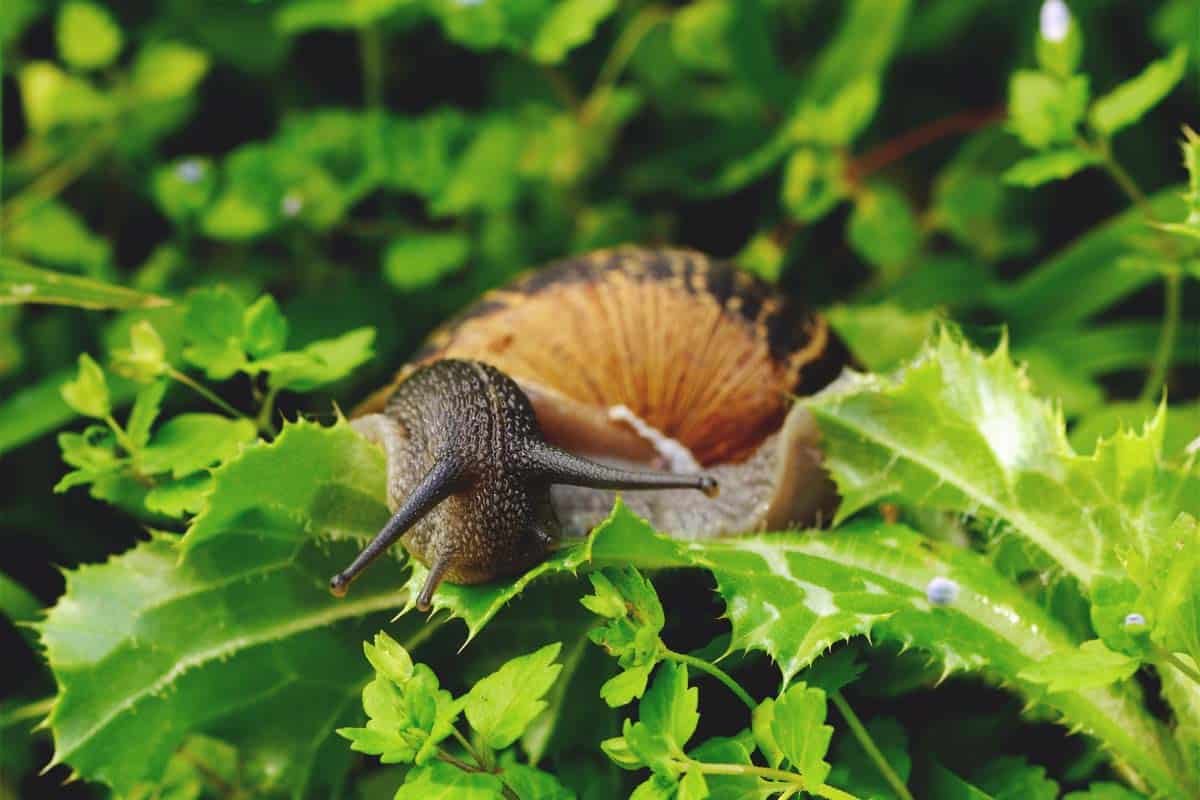


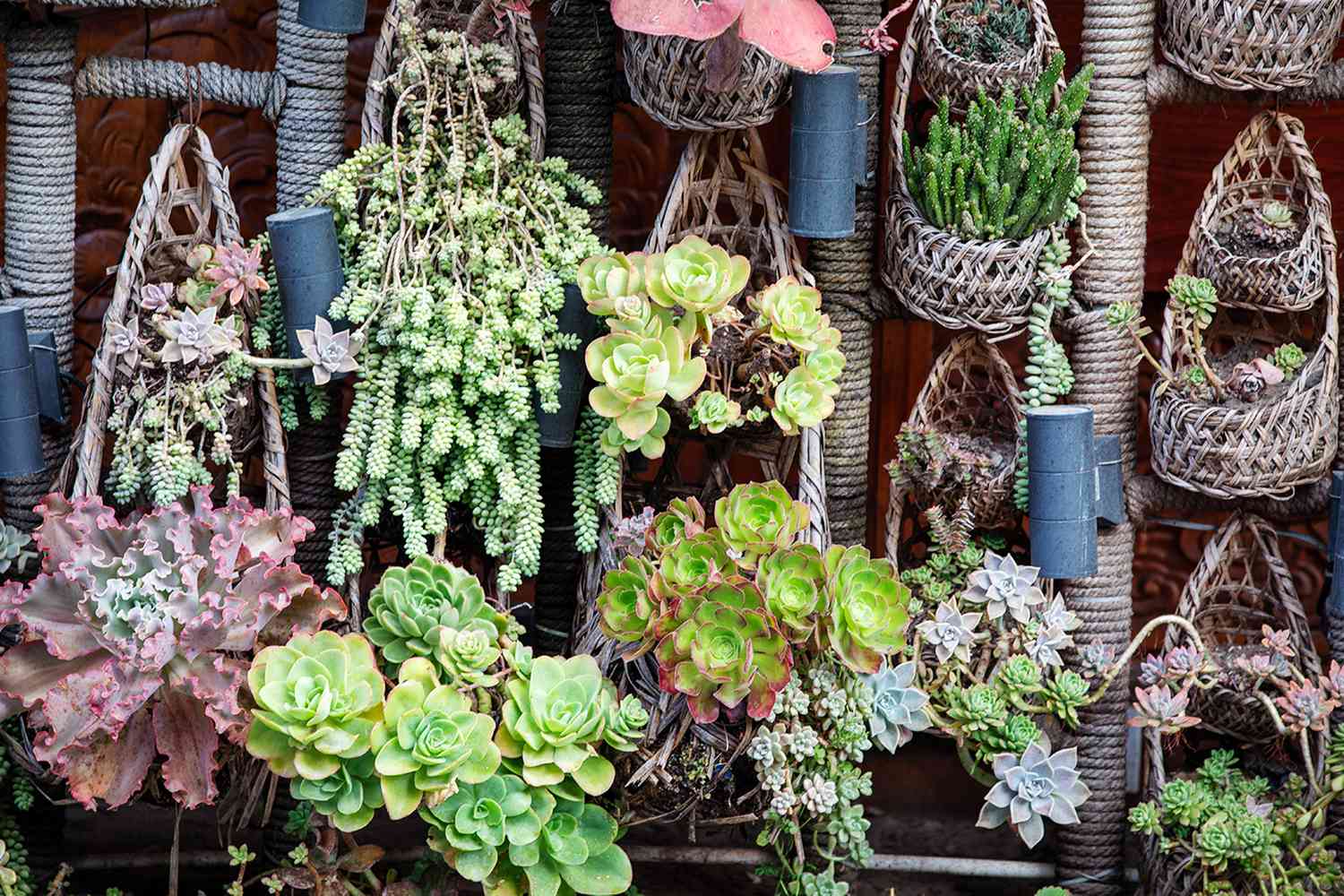
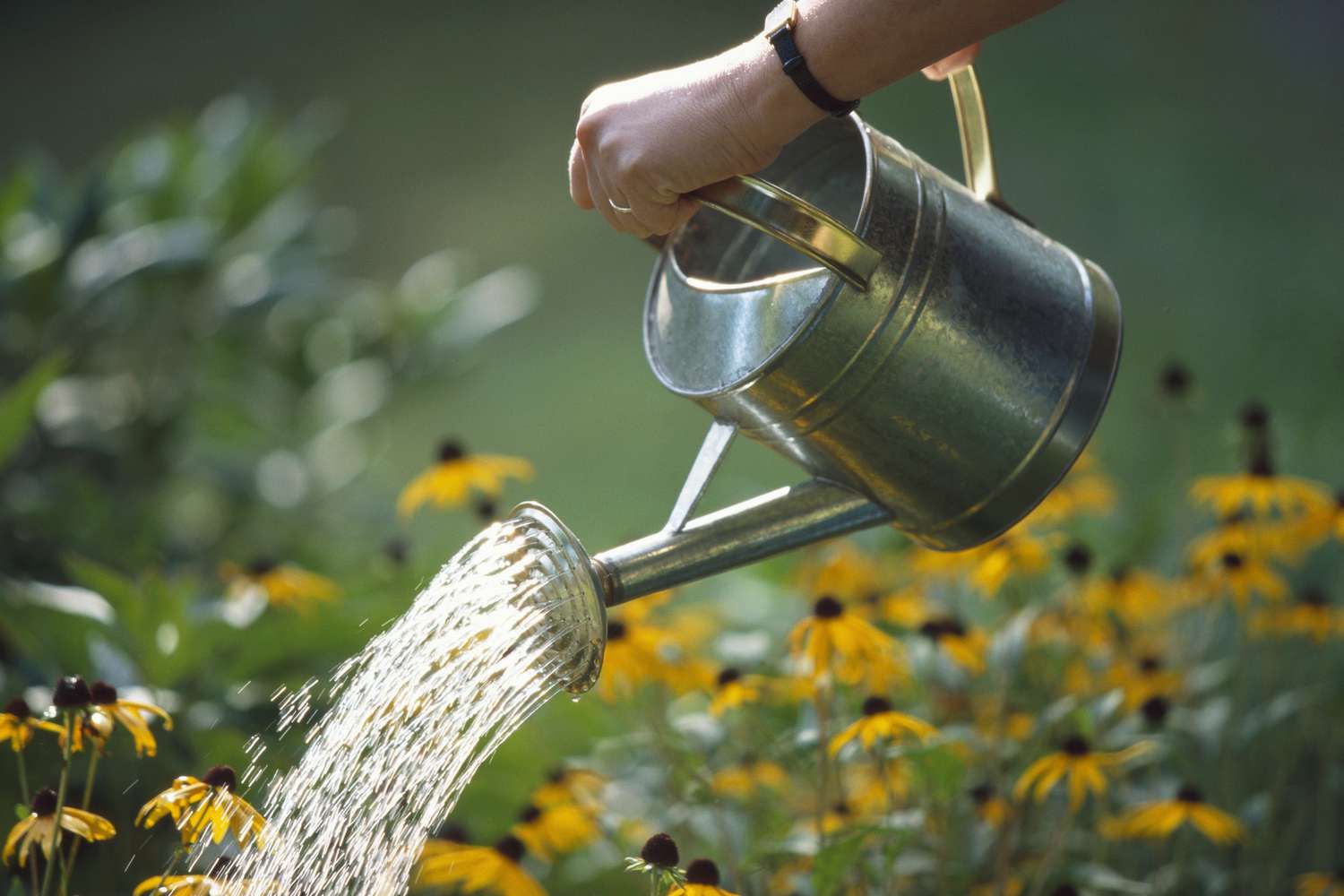
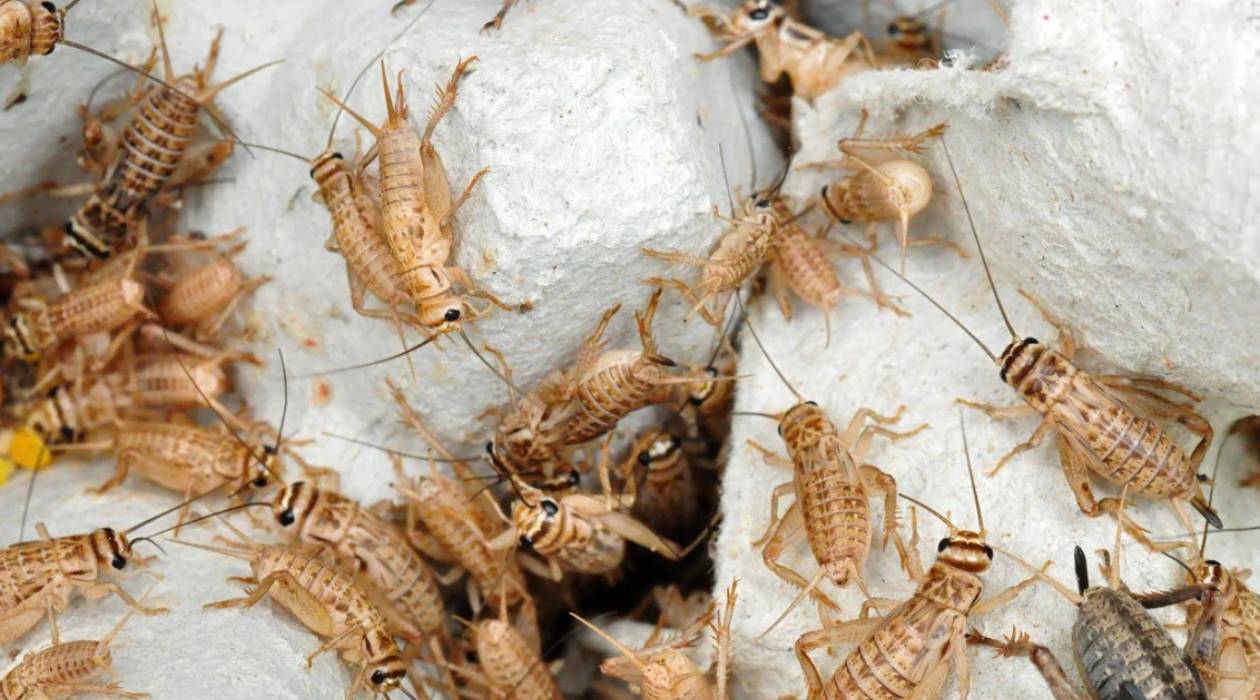


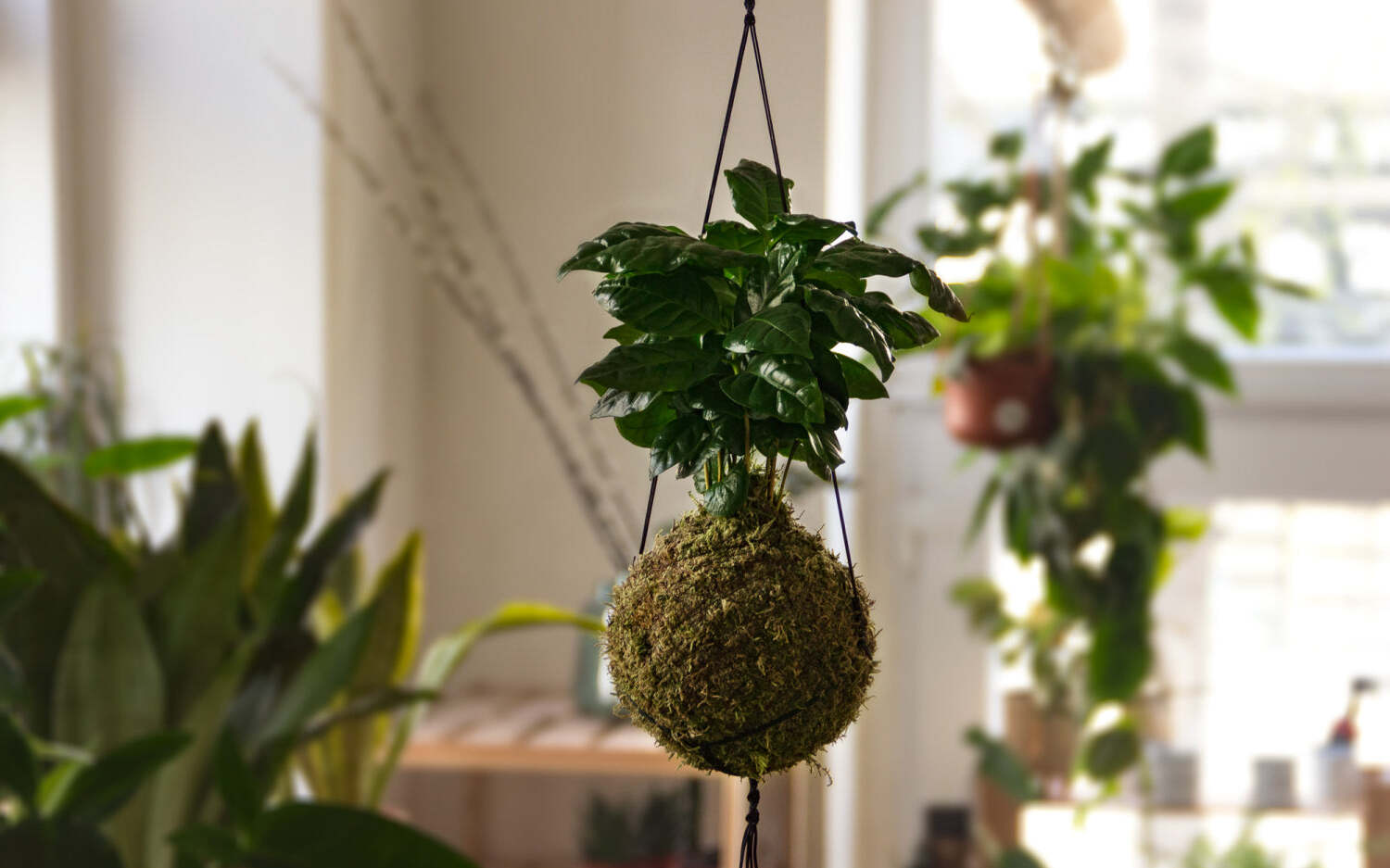
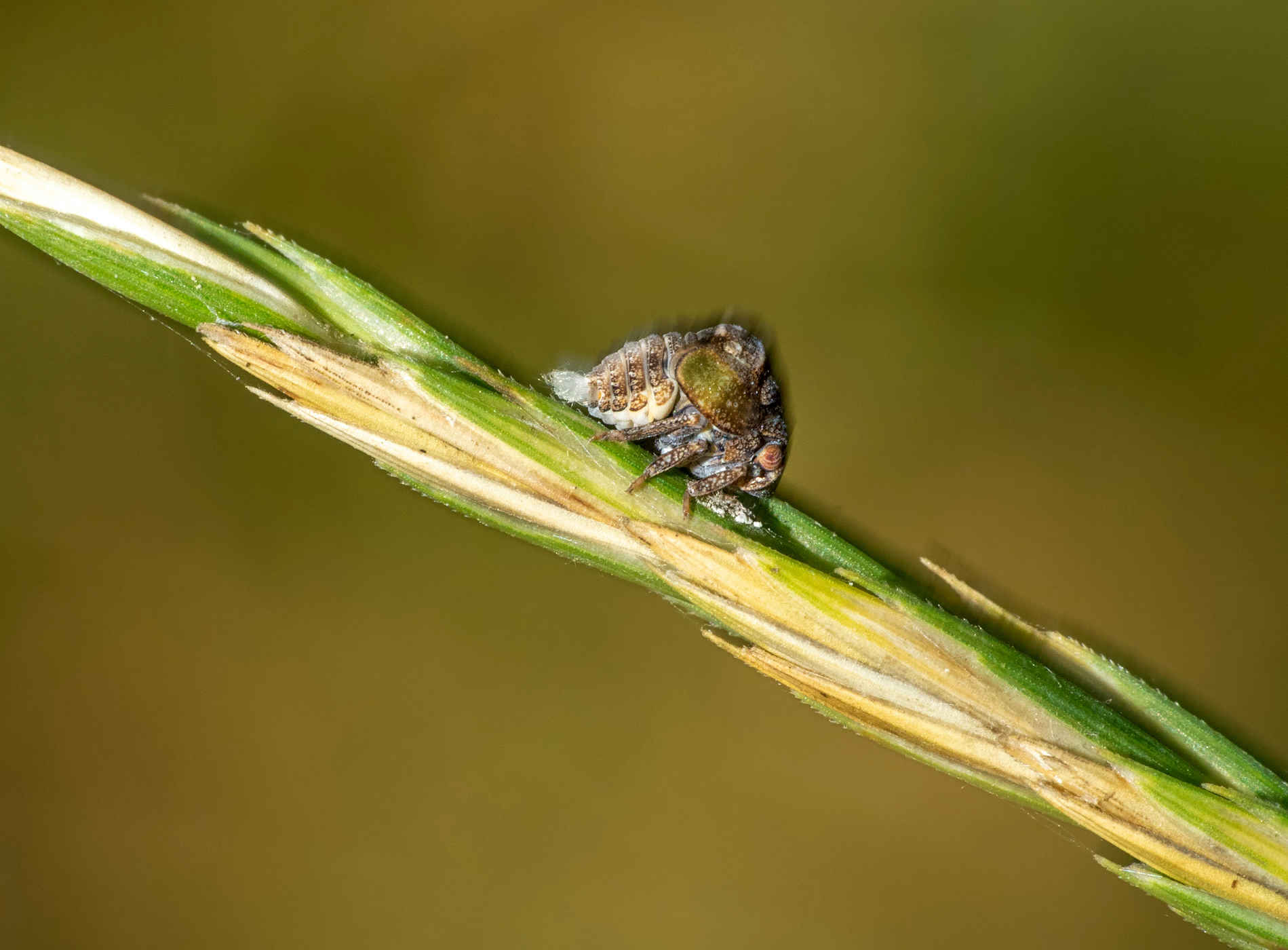

0 thoughts on “How Long Does A Garden Snail Live”